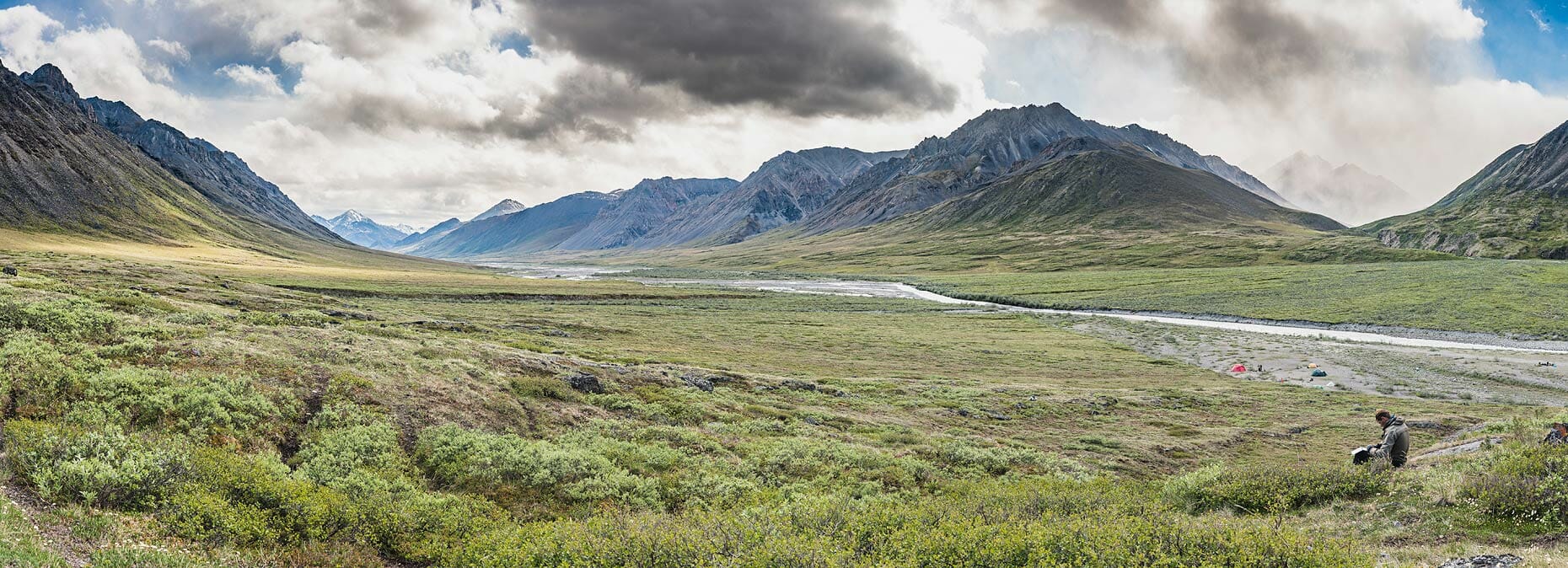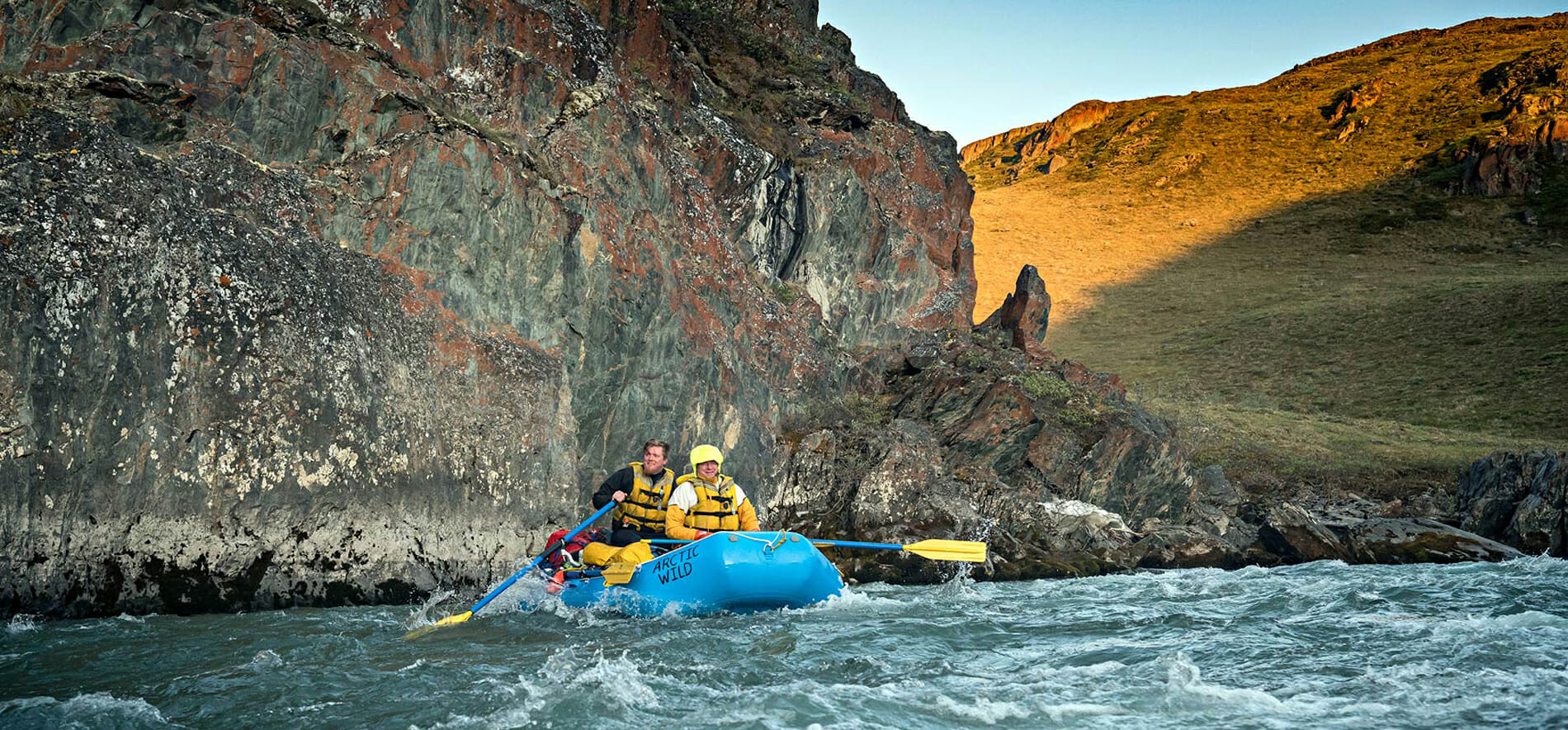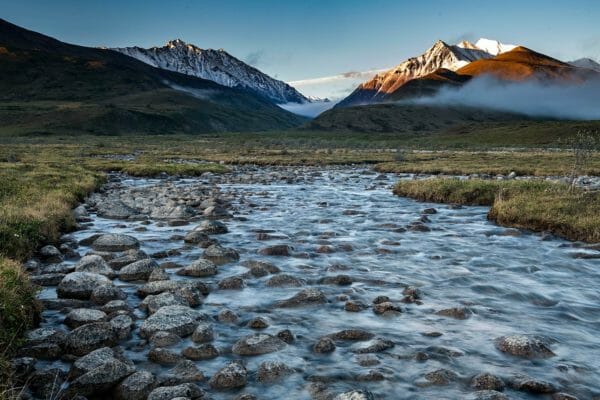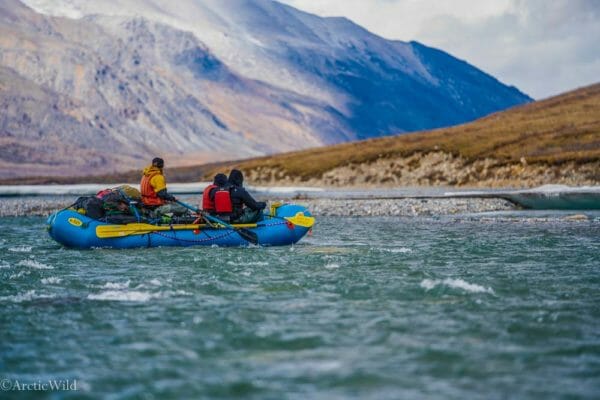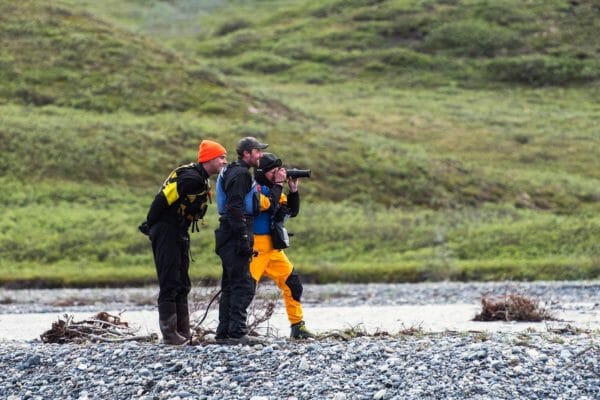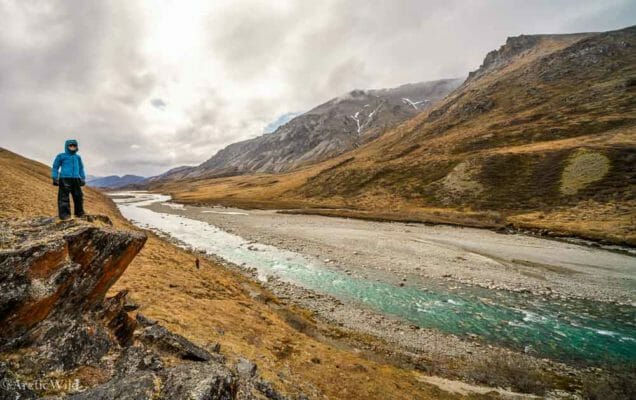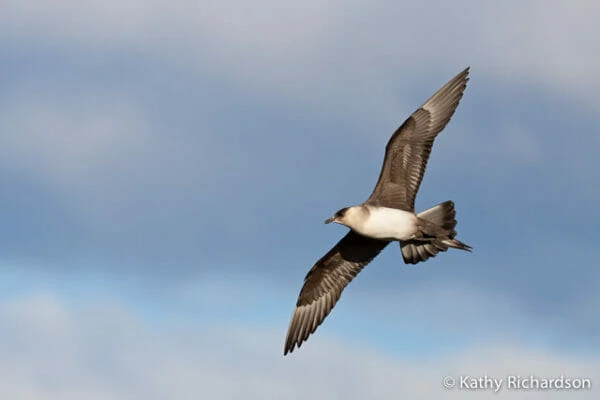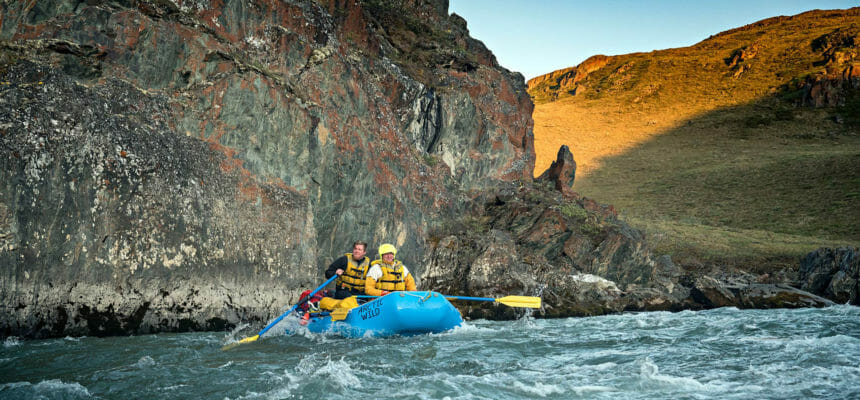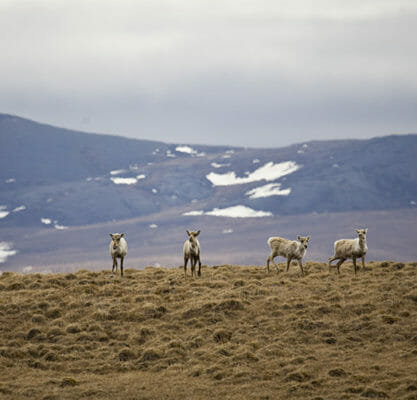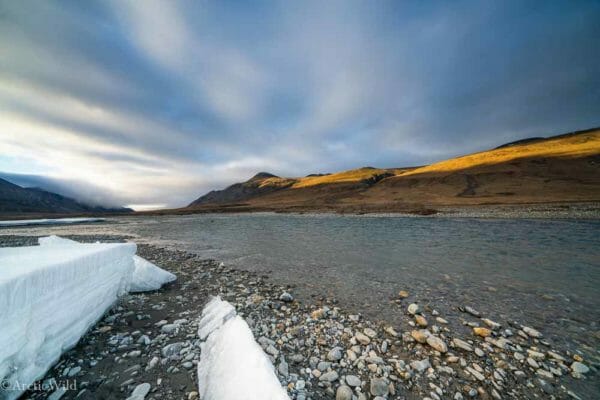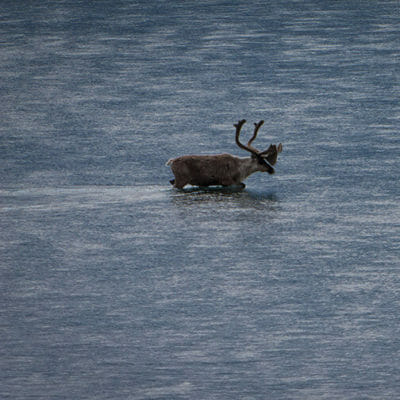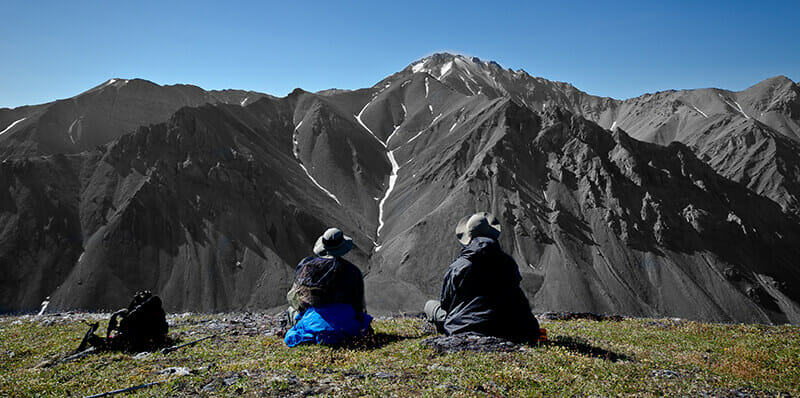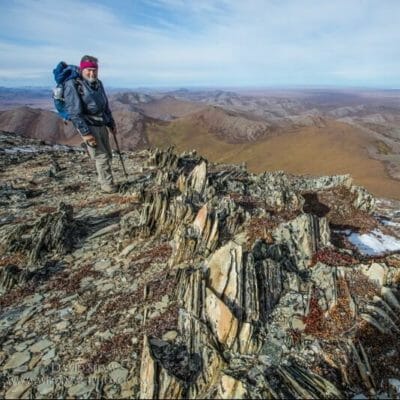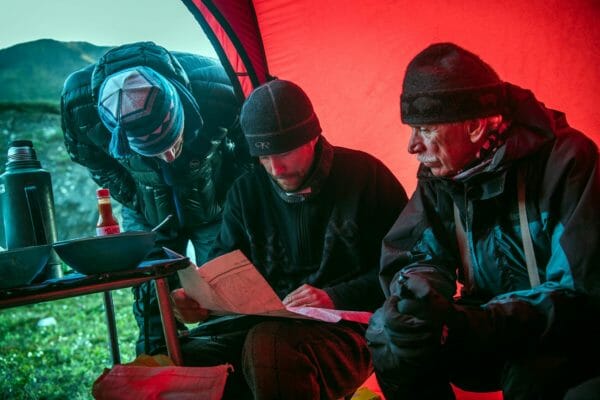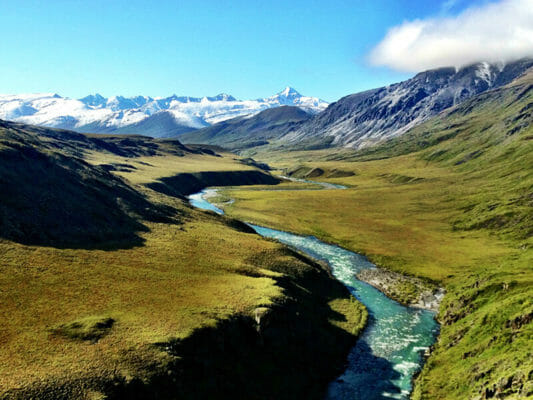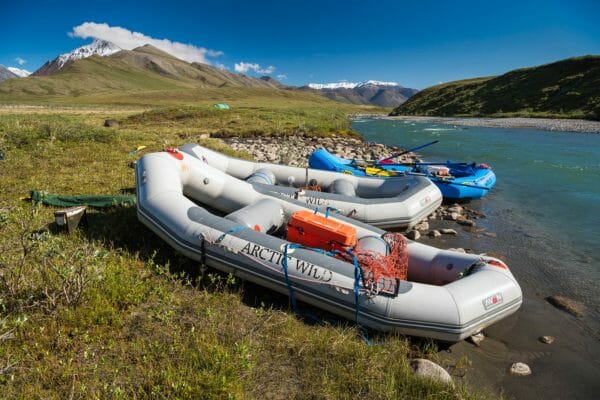Last updated: August 6, 2020
Itinerary
What follows is a general flow of events. Expect the unexpected and prepare to be flexible.
August 11
Pre-trip meeting with your guide(s) in Fairbanks at 4pm at Arctic Wild headquarters.
August 12
Fly north from Fairbanks across the Yukon River, the Arctic Circle, and the Brooks Range, to the headwaters of the Hulahula River. We’ll make a comfortable camp, have a good dinner, and take a short hike. Welcome to the arctic!
August 13
We’ll spend our first full day of the trip hiking on the tundra and learning about the refuge. From our camp next the the Hulahula’s headwaters we can climb into the high-country for views to the continental divide. We’ll glass for Dall Sheep in the peaks and press our faces close to the ground to study the tundra plants which flourish in the Arctic environment.
August 14
After a safety discussion we can launch the 4 person paddle rafts into the current and work on paddling as a team on the small and technical Hulahula River. We’ll backpaddle away from rocky cliffs, skitter over the shallow cobbles and weave our way past remnants of last winter’s ice. The river is fast and fun.
At intervals, we’ll pull over and search the gravel bars for follized coral or we may have the opportunity to get out the spotting scope so we can watch a distant grizzly, digging for squirrels.
We’ll have time (and nearly infinite daylight) to take a hike after dinner and explore away from each of our riverside camps.
August 15
Take a hike. There is lots to see so we need not go far. But if you are eager to climb to the top of the ridge, there are plenty of places we can go. The mountains stretch forever!
August 16
Another day on the river. We’ll paddle a fun rapid on this day, but will likely have time at lunch to hike up a small canyon for a view back to our first camp. We tend to see lots of sheep in this area so we will keep our binos handy.
August 17
This is our chance to get close to the alpine glaciers which pour off of Mt. Michelson. Despite the size of the mountains, glaciers are a rarity in Arctic Alaska because of the dry climate. This hike is worth the effort
August 18
As we approach the northern edge of the mountains we enter a spectacular canyon and the river gains speed and difficulty. Here we encounter a couple of Class III rapids and numerous Class II sections. We may stop and scout or even line the boats through the rapids if the water level makes them unsafe.
August 19
Once through the rapids we reach the “Mountain Front” where the Brooks Range ends and the foothills begins. We encounter many unique species of plants and animals where the two habitats intersect and we’ll have a full day here to hike and/ or relax.
If you are particularly ambitious we can climb Mt Kikiktat for views to the north. Or grab you binoculars and stroll to a nearby lake and observe waterfowl nesting and feeding on the edge of the coastal plain. There is lots to do here and the camping is superb.
August 20
Sadly our time on the Hulahula is at an end. On our last morning, we’ll pack-up our gear and listen for the plane. Weather permitting, it arrives mid-day and shuttles us back to Fairbanks arriving in time for a late dinner. (and a shower)




